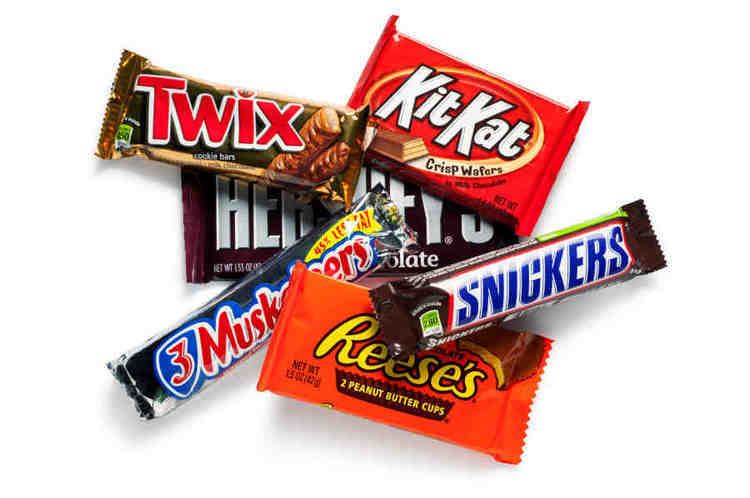 | ||
Similar | ||
Chocolate candy bar maker kit set real food sprinkles cookie dough gummy bears baker moose toys
A candy bar is a type of sugar confectionery that is in the shape of a bar. Many varieties of candy bars exist, and many are mass-produced.
Contents
- Chocolate candy bar maker kit set real food sprinkles cookie dough gummy bears baker moose toys
- Biggest candy bars ever giant candy big gummy bear worm plushies chocolate food haul video
- History
- Chocolate bar
- Non chocolate bars
- References

A candy bar frequently, though not necessarily always, includes chocolate. A combination candy bar is one that contains chocolate plus other ingredients, such as nuts or nougat. The Goo Goo Cluster was the first mass-produced combination bar.
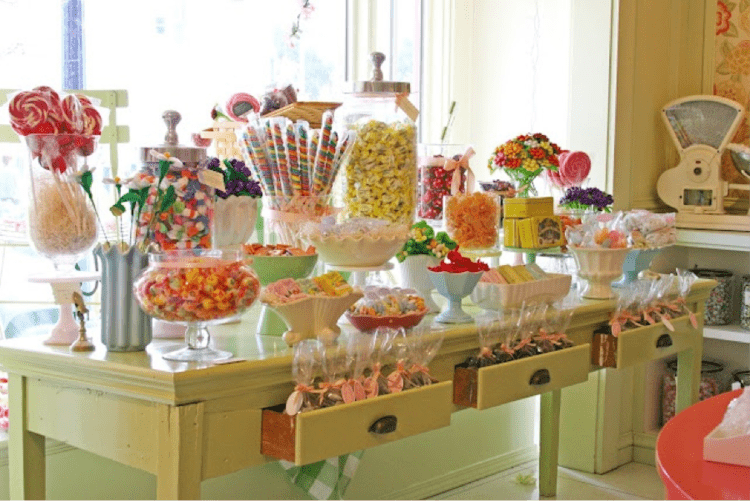
Between World War I and the middle of the 20th century, approximately 40,000 brands of candy bars were introduced.
Biggest candy bars ever giant candy big gummy bear worm plushies chocolate food haul video
History
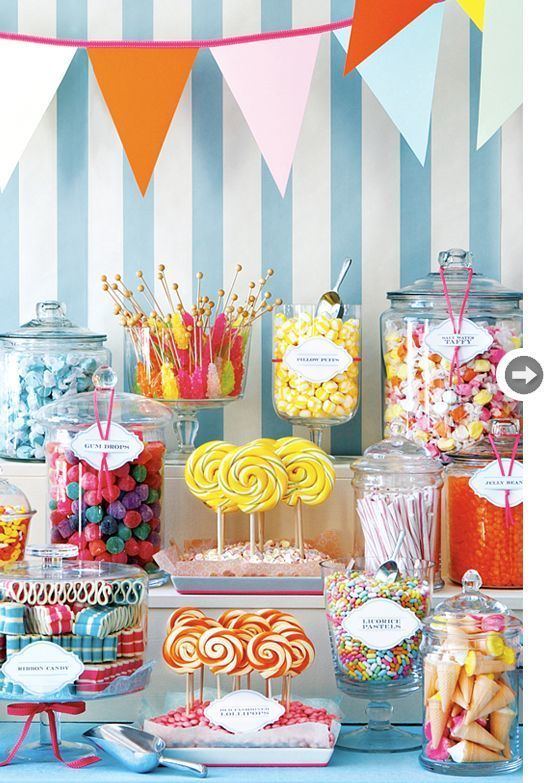
The earliest recorded candy bar was made in 1847 by Joseph Fry, a Quaker from Bristol, England. During much of the nineteenth century, British Quakers could not join the military or attend Anglican universities, and many sought their fortune in business instead. Chocolate manufacturing expanded in England through the rest of the century, led by businessmen such as York's Joseph Rowntree and Joseph Terry, and Birmingham Quaker, John Cadbury.
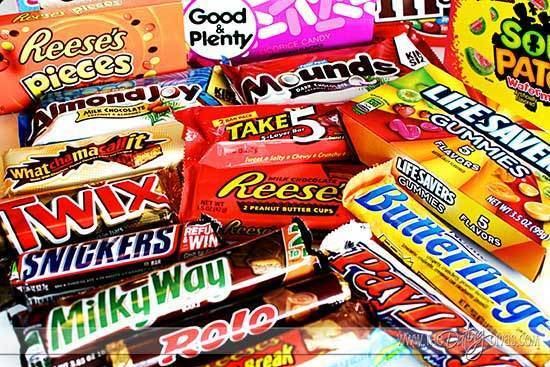
Candy bars were originally made from only cocoa powder and sugar. During the latter part of the nineteenth century, confectioners began to experiment with other ingredients. Swiss confectioner, Henry Nestle, added milk to his chocolate recipe to reduce the bitterness of the cocoa. Rodolphe Lindt, a Swiss confectioner and inventor, began adding cocoa butter as an ingredient in 1879. The addition of cocoa butter allowed the chocolate bar to keep its shape and melt in the mouth. In the United States, immigrants who arrived with candy-making skills drove the development of new candy bars. Milton S. Hershey, a Pennsylvania caramel maker, saw a German-manufactured chocolate-making machinery at the 1893 Chicago World's Fair. He immediately ordered one for his Lancaster factory and produced the first American-made milk chocolate bar.
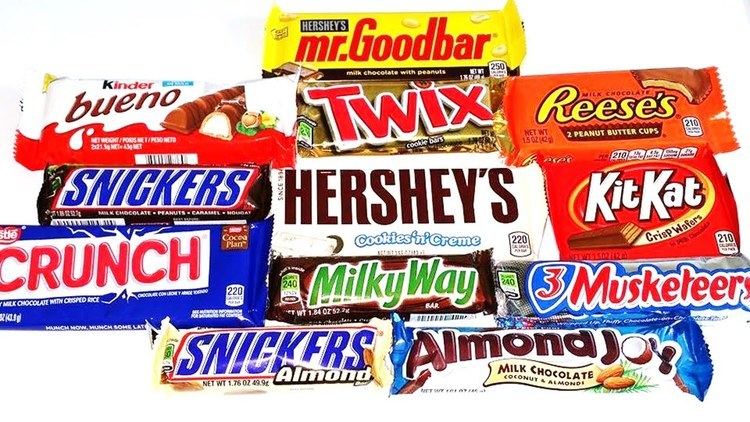
The chocolate bar became popular during World War I, when the U.S. Army commissioned a number of American chocolate makers to produce 40 pounds blocks of chocolate. These were shipped to Army quartermaster bases and distributed to the troops stationed throughout Europe. When the soldiers returned home, they demanded chocolate, and the future of the candy bar was assured.
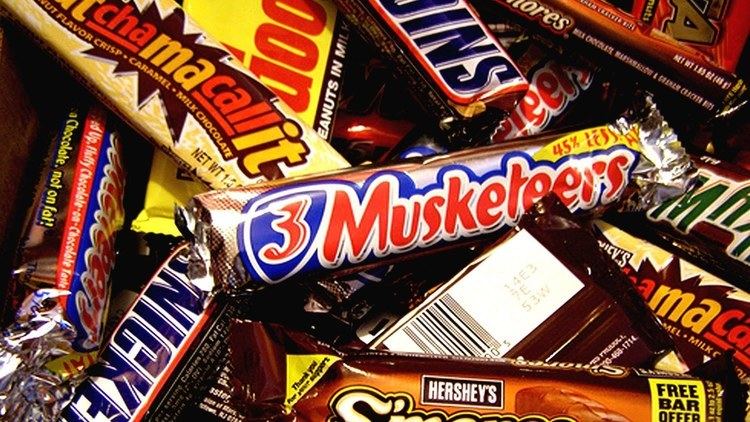
The first combination bar, marketed primarily in the South, was the Goo Goo Cluster, produced by the Standard Candy Company of Nashville, Tennessee in 1912. It was made of caramel, marshmallow, and peanuts, covered with milk chocolate. The Clark Bar, roasted peanuts covered with milk chocolate, became the first nationally-marketed combination bar in the U.S.
George Williamson of Williamson Candy Co. named the Oh Henry! after an electrician who visited his store and flirted with the female candy makers. Williamson launched an advertising campaign that included newspaper ads, streetcar signs, and billboards, and the Oh Henry! bar became one of the top-selling brands in the U.S. in the 1920s. In 1926, the company published a book, 60 New Ways to Serve a Famous Candy, that included recipes for salads, side dishes, and sweet breads, in addition to desserts.
Otto Schnering, owner of the Curtiss Candy Co., developed the Baby Ruth by modifying their original candy bar, Kandy Kake, to compete with the Oh Henry! bar. Schnering claimed that the Baby Ruth was named in honor of President Grover Cleveland's daughter, who died at age 12, but some historians suggest that Schnering chose the name to take advantage of the popularity of Babe Ruth without having to pay royalties. Schnering decided to sell his bar for half the price of its competitor, hiring legendary Chicago ad man, Eddy S. Brandt, to market the Baby Ruth under the slogan "Everything you want for a nickel." The catchy slogan, along with other innovative marketing tactics, like sponsoring circuses and dropping Baby Ruth bars over cities from airplanes, made Baby Ruth the most popular candy bar in the U.S by 1925.
Curtiss Candy became a major player in the emerging national candy brand business, launching other bars like the peanut butter crunch, Butterfinger. Other candy bars sold by Curtiss Candy are no longer produced: the Dip had a soft nougat center, similar to the Three Musketeers and the Buy Jiminy was a peanut candy bar, similar to the PayDay.
Chocolate bar
A chocolate bar is a candy bar that has chocolate liquor and cocoa butter as the main ingredients. Milk chocolate is made by adding milk in the form of milk powder, milk solids or condensed milk and at least 10 percent concentration of chocolate liquor, while dark chocolate has minimum 35 chocolate liquor concentration and high cocoa percentages ranging from 70% to 99% with little to no milk added. Dark is synonymous with semisweet, and extra dark with bittersweet. White chocolate replaces cocoa with cocoa butter. In addition to these main ingredients, a chocolate bar may contain emulsifiers such as soy lecithin and flavors such as vanilla.
Non-chocolate bars
Candy bars containing no chocolate include:
